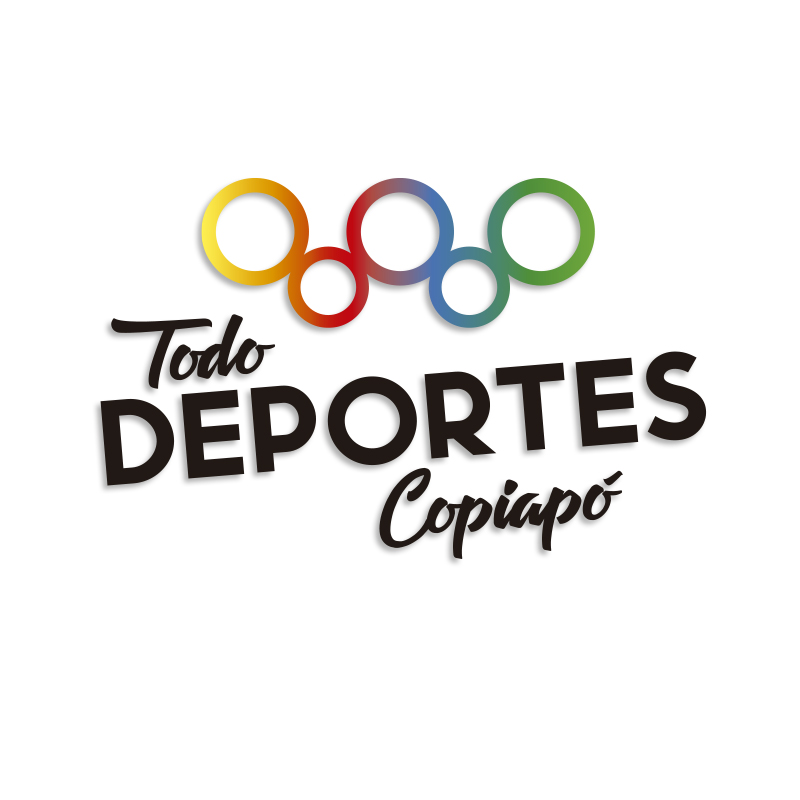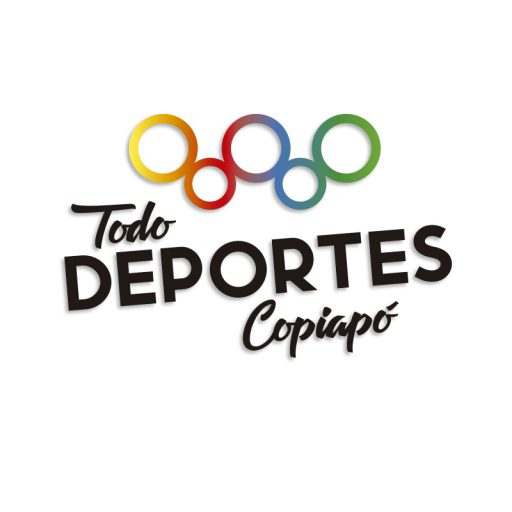To take this real-world activity into account, YouTrack enables you to use two estimation fields to track your progress in the course of the sprint. Scrum is popular because it’s iterative, versatile, incremental, and adaptive. This framework lets the staff handle itself, whereas nonetheless guaranteeing transparency and accountability with plenty of communication, suggestions, and steady improvement. Each iteration is concentrated on delivering small, however valuable, product increments that can meet customer needs in the overall project. The two traces will have points on them, indicating how a lot effort is left on each given day for the project to be complete.
So, if the spent time exceeds the estimated worth, the road descends to the zero and afterwards follows alongside the time axis. The units that measure the vertical axis are based on the option that’s selected for the burndown calculation. The following example burndown chart offers you an concept of how your chart would possibly look. Let’s discuss what a Scrum burndown chart is, the way to set up and use one, and what advantages and drawbacks may happen if you use a burndown chart. Since the dash lasts for ten days, the perfect work done shall be split up equally all through the dash. For each subsequent day within the remaining effort row, use the “Sum” formulation and subtract it from the initial remaining effort (in this case, 20) and drag it along the row.
Jira Software Help
The burndown chart treats every task, its priority degree and its problem as equal however, in reality, that’s clearly not all the time the case. It can be utilized to track the entire work remaining within the sprint, and to project the likelihood of achieving the sprint objective. By tracking the remaining work throughout the dash, a team can handle its progress, and reply to developments accordingly. For instance, if the burndown chart exhibits that the staff might not attain the dash goal, then they’ll take the mandatory actions to remain on track. Sprint burndown charts present Scrum groups with the data they have to be organized, self-managed, and motivated to achieve a standard goal.
Reviewing the chart can present how the staff is working collectively, as well as the honesty and commitment of the team members. It may be very easy to create a project burn-down chart as following, as long as you understand what data you are tracking. The project start line is the farthest level to the left of the chart and occurs on day zero of the project or iteration. The project endpoint is farthest to the best and marks the final day of the project or iteration. Time is a constraint that applies to any project, notably to dynamic, agile projects. While some industries are more time-sensitive than others, all industries have initiatives that incur many modifications alongside the greatest way.
Jira Software
So, what are agile burndown charts and how precisely will they allow you to monitor (and share) progress toward your goals? Read on for a primer to rise up to hurry and know your ideal work remaining line, story point estimates, and work to do on your scrum group. Product burndown charts are used to track the progress of huge tasks.
- Use this free Task Tracking Template for Excel to manage your projects better.
- If you add a subtask to a difficulty that is already in an energetic sprint, the subtask can be handled as scope change.
- Agile is an iterative, introspective and adaptive project administration methodology.
- As you and your group work through every concern, you might discover that your original estimations have been mistaken or that additional duties are needed to produce the specified outcome.
- Agile teams use this easy, visible device to find out how their project is progressing within the prescribed time and how a lot has been accomplished during each iteration.
If you need a high-level view of your project, ProjectManager has a real-time dashboard that tracks your sprint as it occurs. Data mechanically populates for the most correct view of your project. Teams can make choices primarily based on present project information as opposed to referencing old data. By displaying a burndown chart prominently for all to see, it retains everybody concerned and encourages the group to take care of points before they evolve into problems. It should be the level of interest of the workspace in order that it helps direct conversation toward the project and its progress. For extra detailed information on Jira Software’s sprint burndown chart, try our Burndown chart documentation.
However, if the precise work line is beneath the best work line, there is less work left than initially predicted and the project is ahead of schedule. Although the specifics can vary, it’s frequent to see the beneath sections of a burndown chart. Time estimates are tracked individually throughout the subtasks and the parent task itself. When utilizing the Burndown Chart, observe that subtask conduct can range, depending on whether or not remaining estimate and time spent is enabled on your board. The following pattern burndown is calculated for a board with out time tracking. The burndown can additionally be decreased if you take away points or decrease estimations, however this is not common practice.
Step 1 – Create Estimate Effort
Let’s dig into what a burndown chart is and the means to create one of your personal. As a result, it can be onerous to tell if adjustments within the burndown chart are because of completed backlog gadgets or due to a rise or decrease in story factors. Having a burnup chart resolves this drawback https://www.globalcloudteam.com/ by having a separate line within the graph for the general backlog dimension. Use a Burndown Chart to trace the whole work remaining, and to project the probability of attaining the dash aim. By tracking the remaining work throughout the iteration, a team can handle its progress, and reply to developments accordingly.

She is enthusiastic about financial growth and is on the board of two non-profit organizations in search of to revitalize her former railroad town. Prior to joining the group at Forbes Advisor, Cassie was a Content Operations Manager and Copywriting Manager at Fit Small Business. For more data on driving a Scrum project in Jira Software, check out our How to do scrum with Jira Software guide. With end of support for our Server merchandise fast approaching, create a winning plan in your Cloud migration with the Atlassian Migration Program. The term “burn chart” is usually encountered, presumably as a generalization overlaying variants such because the “burn up chart”.
It is essential to remember that the value captured for each day is the estimated effort to complete the task, not the actual effort. The chart is up to date to replicate progress and the project’s present status, and you’ll have the flexibility to estimate when the project shall be full. This helps teams plan for deadlines and decide whether they will meet them. The burndown chart plots the perfect progress as a downward slope reaching “burn down” to the project’s completion.
This is the entire (sum) of all the estimated time remaining on the end of each day. The apparent good thing about a burndown chart is that it offers an up to date standing report on the progress of the project. Having a visible representation of this key information keeps everybody on the identical web page. The most important attribute of the burndown chart is its simplicity and flexibility. With this chart, you may get plenty of data even when things aren’t ideal in your project.
Agile Burndown Charts
Burndown charts are commonly used in software program improvement, especially in groups utilizing Agile project management. In this article, we focus on the parts of a burndown chart, the way to use it and its benefits and limitations. Both can be useful methods to visualize progress, but they typically have totally different capabilities. Burndown charts assist project managers establish estimation points early and perceive how a lot work and effort stays.

Using your unit of measurement, have groups estimate the hassle required per task and the effort they can obtain each day. Use historic knowledge on group velocity to support or right definition of burndown chart these estimates in your burndown chart. Often, teams can use their burndown chart as a prediction software that enables them to visualise when their project will be completed.
What’s Agile Project Management?
It’s normal to see ebbs and flows of effort, as most projects run into some deviations alongside the way. Highlight the summary desk that accommodates the every day whole for baseline effort and estimated effort. You should also capture the heading of time period (Day zero, Day 1, etc).
By estimating the time it takes to complete tasks, points, and testing, you possibly can decide the project completion date. As its name suggests, the ideal work remaining line signifies the remaining work that a team has at a particular point of the project or sprint under ideal circumstances. Project managers use past information to estimate this baseline and draft a straight line across the burndown chart. Burndown charts can illustrate what work was completed in each iteration, how rapidly it was achieved and what work remains. A burndown chart makes it simple for stakeholders, administration and sponsors to see a representation of this progress. For example, if you’re using Scrum rules you’d have the flexibility to see that the staff accomplished ten tasks within the final sprint and is either on monitor, exceeding expectations or falling behind.
However, scope change just isn’t indicated within the Burndown Chart for the subtask. Click How to read this chart on the top of the report to view a short description of the report. Cassie is a deputy editor, collaborating with groups all over the world while dwelling in the beautiful hills of Kentucky.
A burn down chart is a graphical illustration of labor left to do versus time. There is an ideal work remaining line which is a straight line connecting the beginning and ending points. This line represents the sum of estimates for all tasks that must be completed, or in other words, the scope of the project. At the endpoint, the perfect line crosses the x-axis and shows there is not any work left to be carried out. This line relies on estimates and due to this fact isn’t at all times accurate. A burndown chart and a burnup chart are very similar—they have the identical components, obtain the same purpose and are used for agile project administration.

